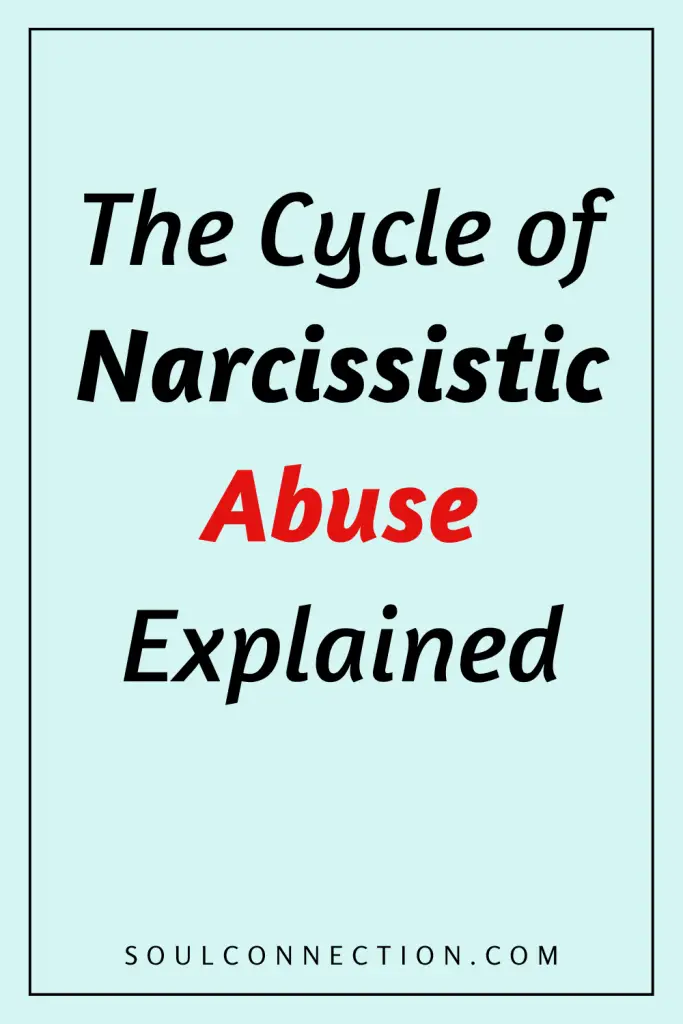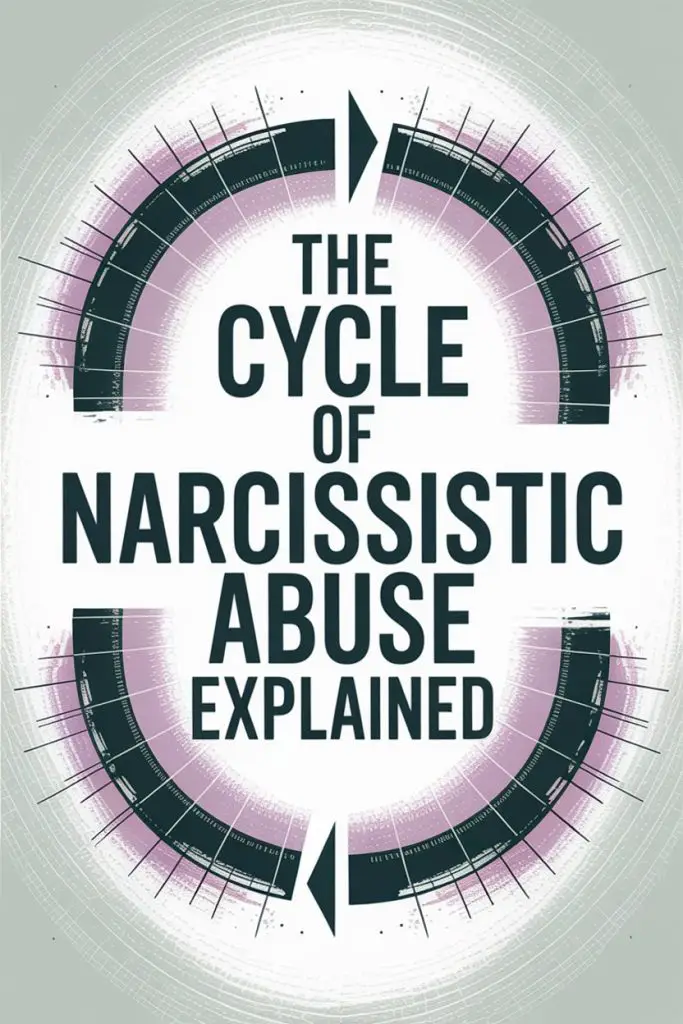Narcissistic abuse rarely comes with a warning label. It sneaks up, swathed in charm, grand gestures, and just enough emotional whiplash to make you question if you’re starring in a soap opera you never auditioned for.
If you’ve ever found yourself feeling lost, confused, or a bit like a frog in slowly boiling water, you might have tangled with a narcissist.
Here’s how the cycle actually works, why it’s maddening, and—most importantly—what you can do about it.
The Sparkly Beginning Love Bombing
Narcissists don’t gently tap at the door of your life. They arrive with fireworks, confetti, and a marching band.
This is love bombing: a whirlwind of attention, compliments, and declarations that you’re their soulmate, the jelly to their peanut butter, the answer to every prayer.
It feels intoxicating. Who wouldn’t want to be adored, celebrated, and made to feel extra-special? Suddenly, you’re swimming in texts, gifts, and grand plans for your future together.
The narcissist mirrors your hopes and quirks, making you believe you’ve finally found “the one.”
Here’s the catch: it isn’t about you. This is all about securing control, not genuine connection.
The Fog Descends Devaluation
Once the narcissist feels you’re securely on the hook, the temperature starts to drop. The endless praise? Nowhere to be found. Instead, you’re met with criticism, nitpicking, and subtle (or not-so-subtle) jabs.
Those quirks they loved? Suddenly, they’re annoying. That dream you shared? Now it’s silly or selfish.
This phase is sneaky. The shift happens slowly enough that you question yourself instead of their behavior. You wonder if you’re just sensitive, or if you did something wrong.
Gaslighting often enters the scene: you’re told you’re imagining things, or that you’re the one causing problems.
Cue self-doubt and the relentless quest to get that old affection back.
The Frantic Fixing Stage
Ever notice how you start bending over backwards, tiptoeing around landmines, desperately trying to please? You might apologize for things you never even did.
You attempt to shrink into the version of yourself they adored in the beginning, hoping it’ll turn the tides.
This is textbook narcissistic abuse fallout. You’re hooked on the idea that if you just try harder, love better, or change enough, you’ll get the magic back.
Spoiler: It’s a rigged game.
Punishment and Silent Treatment
Once the narcissist sees you scrambling, it’s time for the pièce de résistance: withdrawal. Stonewalling. Icy silences you could skate across.
They might vanish for hours, days, or even longer, leaving you dangling in confusion. Did you say the wrong thing? Did you blink weirdly?
The silence is designed to make you squirm, second-guess, and beg for scraps of attention.
It works. Nothing makes a person crave validation like sudden emotional starvation.
The Grand Return Hoovering
Just when you’re about to throw in the towel, the narcissist reappears—full of remorse, charm, and, quite possibly, crocodile tears. This is “hoovering,” named after the vacuum cleaner (for good reason).
They suck you right back in with promises of change, nostalgic reminders of the “good times,” and apologies that feel sincere.
You’re so relieved for the storm to end that you accept the apology, desperate for the warmth of the love-bombing phase.
Round and round it goes.
The Cycle Repeats
Every time the narcissist reels you back in, the cycle resets. Love bombing returns—maybe not as grand, but just enough to make you hope.
Devaluation creeps back in soon after. The silent treatment or outbursts return. Hoovering follows.
It’s exhausting. The spinning wheel of emotional confusion keeps you off balance, always hoping for things to improve.
The Impact on Your Sense of Self
Let’s get real: nobody comes out of this cycle without a few bruises. Narcissistic abuse chips away at self-esteem until you’re left wondering if you really are the problem.
You start doubting your memories, decisions, and intrinsic worth. You might isolate from friends and family, unsure who to trust.
The narcissist, meanwhile, takes center stage in your life—absorbing your energy, your time, and your peace of mind.
Not exactly the love story you signed up for.
Why It’s So Hard to Walk Away
You aren’t weak. You aren’t foolish. The cycle of narcissistic abuse is engineered to keep you stuck. Every phase tugs at a different part of your psyche: the yearning for love, the fear of abandonment, the hope for change.
The idealization phase gives you a taste of what you wish things could be—while the devaluation and discard phases make you crave that old connection.
Your brain becomes addicted to brief bursts of approval, much like a gambler chasing that next big win.
Even when you spot the patterns, leaving can feel impossible.
Red Flags to Watch For
Not every difficult relationship is built on narcissistic abuse, but some signs are especially telling:
- Intense, rapid courtship
- Extreme mood swings: adoration, then sudden coldness
- A habit of making you question your own reality (gaslighting)
- Repeated cycles of “all in” and “all out”
- Lack of genuine empathy
- Everything becomes your fault—even their bad days
If those ring a bell, you’re not alone. It’s not “drama”—it’s a pattern.
What Helps Break the Cycle Tonight
Spotting the cycle is a huge first step, but there are practical things you can do right now if you’re caught in this exhausting merry-go-round.
Write things down: When a narcissist gaslights you, written proof of what happened can keep you anchored to reality.
Reach out to someone safe: Even if the narcissist has isolated you, confide in a trustworthy friend, family member, or counselor. Sometimes just having someone say, “That’s not okay,” can break the spell.
Set one small boundary: It might be as simple as not replying instantly, or saying “I’ll get back to you.” Small boundaries pave the way for bigger ones.
Remind yourself of who you are: Jot down a list of qualities you love about yourself, or moments you’ve been proud of. Reconnect with the you that existed before the narcissist’s opinions seeped in.
Consult support resources: Helplines, therapists, and online communities can be lifelines. You don’t need to untangle this alone.
Healing Isn’t Linear But It Is Possible
Recovering from narcissistic abuse is a bit like learning to walk again—wobbly, unpredictable, sometimes downright infuriating. There will be days you miss the highs, question your choices, or mourn the fantasy.
Healing happens in steps. Start with one act of self-care, one conversation, one clear-eyed look at the truth.
You don’t have to do it all at once. You just have to start.
Reclaiming Your Sanity and Self
The cycle of narcissistic abuse is a sticky web, but it doesn’t have to be your forever home.
The trick isn’t waiting for the narcissist to change; it’s re-learning to trust yourself, prioritize your needs, and build a life where your peace of mind comes first.
You’re not broken. You’re not unlovable. You’re not stuck—no matter how convincing the cycle might seem on your roughest days.
One foot in front of the other. With a little distance and a lot of self-compassion, you’ll find your way out of the maze.
And just think: the only drama left will be from your favorite telly—not your relationship.


